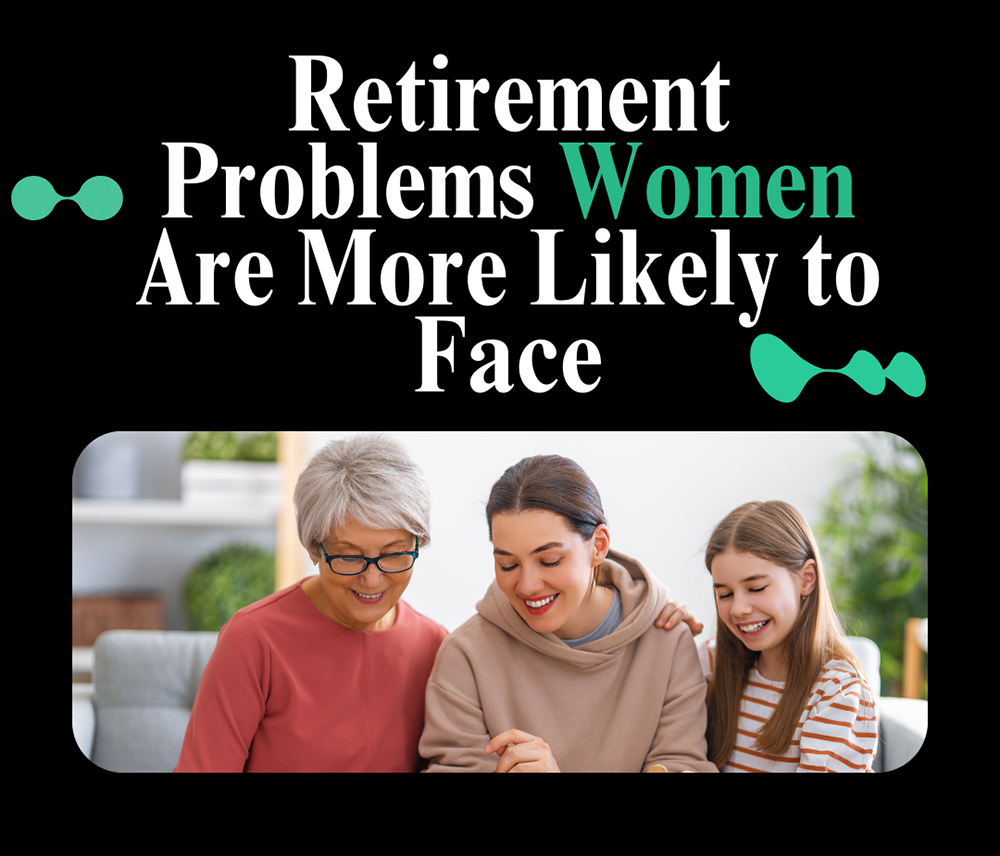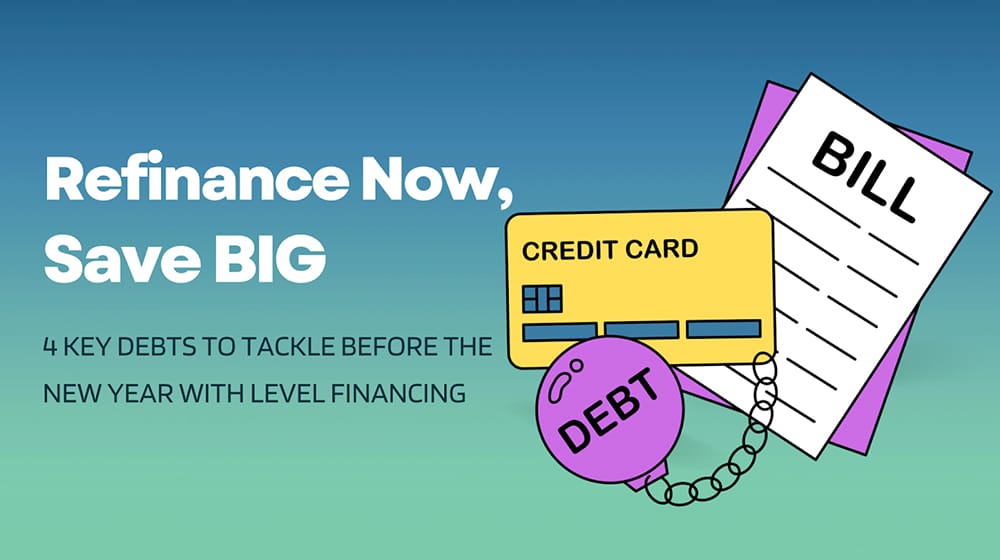Retirement is often a complex and daunting transition for everyone. But if you dig a little deeper, you find that women often deal with a distinct set of hurdles that can make this life phase even more challenging.
A recent study explains several challenges that negatively impact retirement savings. They range from dealing with losing a partner or close family member to managing financial setbacks and health issues, all of which have significant economic impacts.
What’s alarming is that these issues disproportionately affect women, who experience these issues more often than their male counterparts. The study revealed that 81% of women experience retirement challenges, including becoming a caregiver, divorce, and family passing away, compared to 69% of men.
Additionally, women are twice as likely to become widowed, one of the most significant financial challenges one faces in a lifetime that causes substantial disruptions in retirement plans.
So, while retirement is challenging for everyone, women have a steeper mountain to climb. This article will help you identify many of these unique challenges while offering solutions to help women plan for retirement more effectively.
Longer Life Expectancy
It should come as no surprise that average women live longer than men. However, some forget that a longer life means a more extended retirement period, which can stress even a well-prepared financial plan.
According to data, the average cost of retirement is almost $1 million. Yet, most people nearing retirement have only saved around $164,000.
Additionally, less than half believe they can afford a comfy retirement for a decade. Plus, even fewer see a secure future beyond 20 years. So, what can you do if you want to prepare yourself for the financial needs of retirement?
- Consider Annuities: Secure a constant income stream.
- Diversify Investments: Don’t put all your eggs in one basket.
- Consult Professionals: An advisor can tailor strategies to your life span.
Key Takeaway: Women, due to their longer life expectancy, need to plan earlier and more thoroughly for retirement. By taking proactive steps such as consulting a professional financial advisor or diversifying investments, women can prepare for the additional costs associated with a longer retirement period.

Wage Gap Implications
You’ve likely heard it before: women, on average, even among those similarly educated, earn less than men. In 2021, men earned an average of $84,826 while women lagged at $65,987. This gap doesn’t just affect your current lifestyle either. It also shrinks your retirement savings and means you have less to rely on in the future.
Here are the stats. Men save about $9,578 a year for retirement. But women? Well, they only save around $5,421 annually in their retirement accounts. The result is a 65% gap—no minor difference—in retirement savings between genders.
Here are two steps to try if you’re worried about not meeting retirement savings goals.
- Maximize Contributions: Contributing the maximum to your retirement accounts whenever possible.
- Consider Spousal Benefits: You can often claim Social Security benefits based on your spouse’s earning history.
Key Takeaway: The wage gap has an effect on retirement savings. Women need to take proactive steps, such as maximizing contributions and considering spousal benefits, to ensure they are adequately prepared for retirement.
Caregiving Responsibilities
Two-thirds of caregivers are women, spending 50% more time providing care than men in this role. Taking time off for caregiving affects both your earning potential and retirement savings. So, how can you juggle both?
Use Family Leave: Many employers offer paid family leave, which can offset some lost income.
Seek Employer Benefits: Some companies offer retirement benefits even during family leave.
Key Takeaway: Caregiving can be a significant retirement risk factor for women. Taking advantage of Family leave programs and other employer benefits can help minimize the financial effects on retirement savings.

Health Issues and Healthcare Costs
When it comes to healthcare in retirement, older women have to pay more to resolve their health needs. Numbers don’t lie. Men are estimated to spend around $150,000 on healthcare throughout retirement.
Women, brace yourselves: that number jumps to $165,000 for you, according to Fidelity’s latest estimates. Yep, you will likely spend an extra $15,000 just because you’re female and likely to live longer.
Here are several suggestions that will ensure you’re ready for any healthcare costs at retirement age:
- Bulk Up that HSA: Seriously, Health Savings Accounts aren’t just another acronym. Instead, it’s a lifeline no healthy American can afford to ignore. Dump as much money as possible into these babies during your working years.
- Go for the Premium Plans: When shopping for health insurance plans, look for ones that cover a lot. And by a lot, we mean everything from prescription meds to that odd mole you’ve been worried about.
Key Takeaway: Women should be aware of the additional costs they are likely to incur in retirement due to healthcare and health-related expenses. Taking advantage of Health Savings Accounts (HSAs) and opting for premium health plans can help ensure that these costs are covered.
The Risk of Poverty in Old Age
Ladies, let’s chat. Did you know that over 13% of women aged 75 and above live under the federal poverty line?
Compare that to men of the same age, where only around 9% experience periods of poverty. The risk isn’t just a line in some report—it’s real and frightening.
Try these suggestions to minimize your risk of experiencing poverty:
- Save Seriously: Build your emergency fund with at least three months’ worth of your expenses. In case life throws you a curveball, you need a cushion. Make sure you have enough cushion to get through any unexpected events, such as needing to provide care to a family member or friend.
- Find Community Resources: Community services, senior centers, and even online platforms provide support to older women. Search for local resources, get involved with your community, and get the help you deserve.
Key Takeaway: Women over the age of 75 have a much higher risk of experiencing poverty than men. Building an emergency fund and seeking community resources can help reduce this risk.

Conclusion
Retirement challenges don’t discriminate, but women get an extra helping of hurdles. Whether it’s living longer with less money, taking on more caregiving roles, or coughing up more for healthcare, women face an uphill climb.
But here’s the kicker: with the proper knowledge and some preparation, you can ensure you can meet retirement challenges.
You’re armed with stats and strategies now. So, advocate for policies that tip the scales back in your favor. Secure your future, live your best life, and show the world that women can retire with grace and financial stability.




